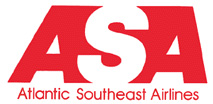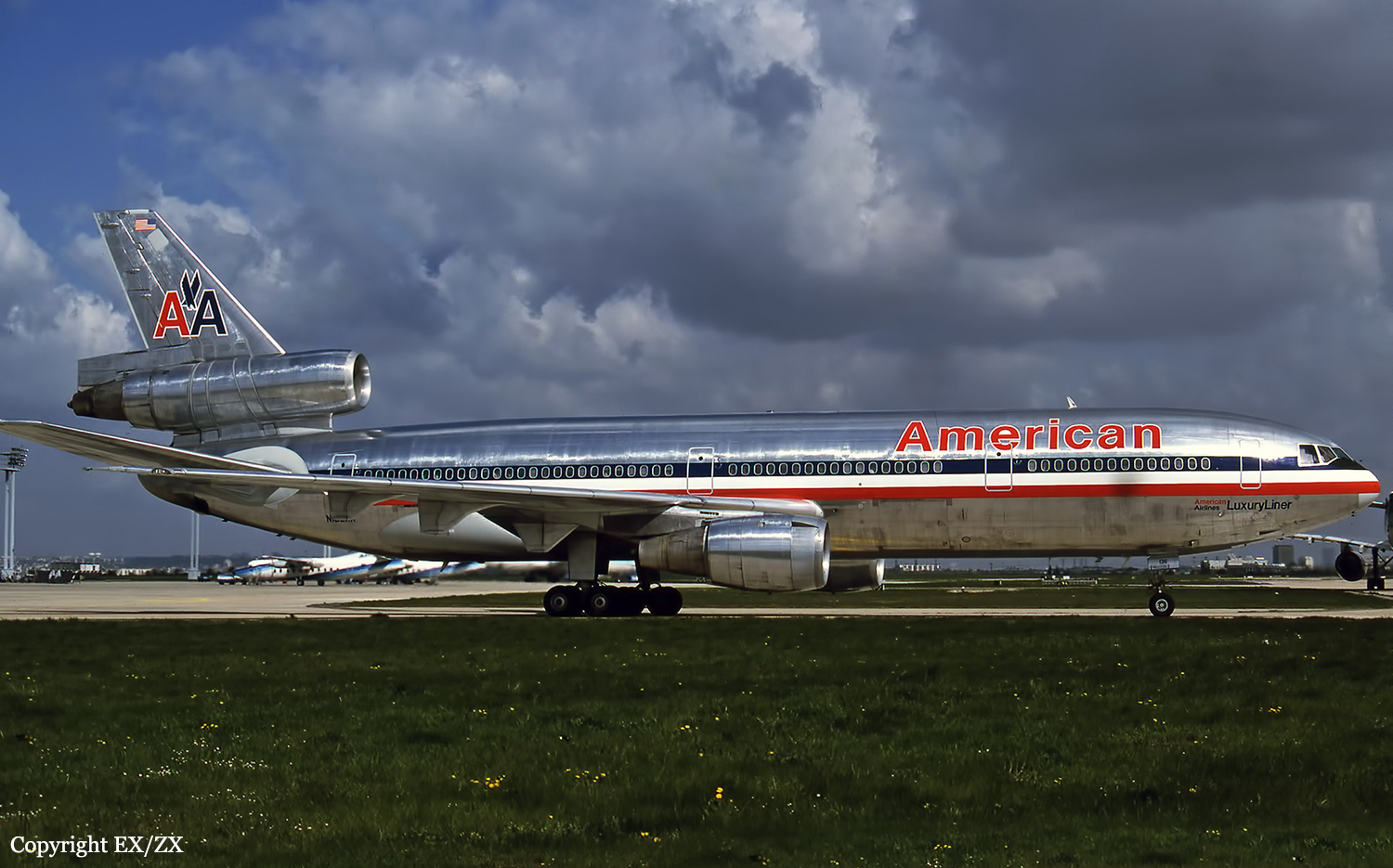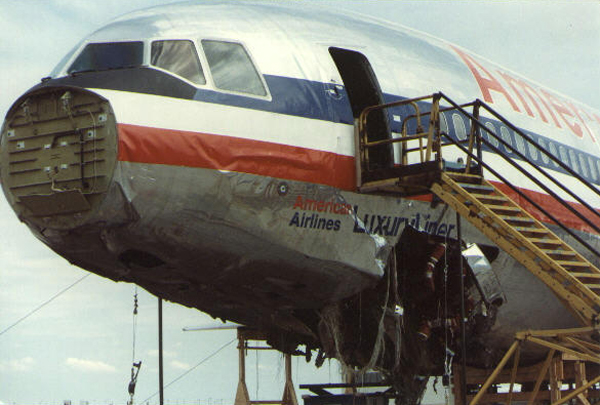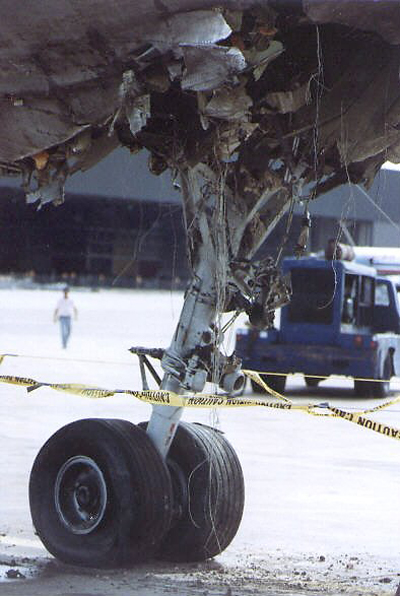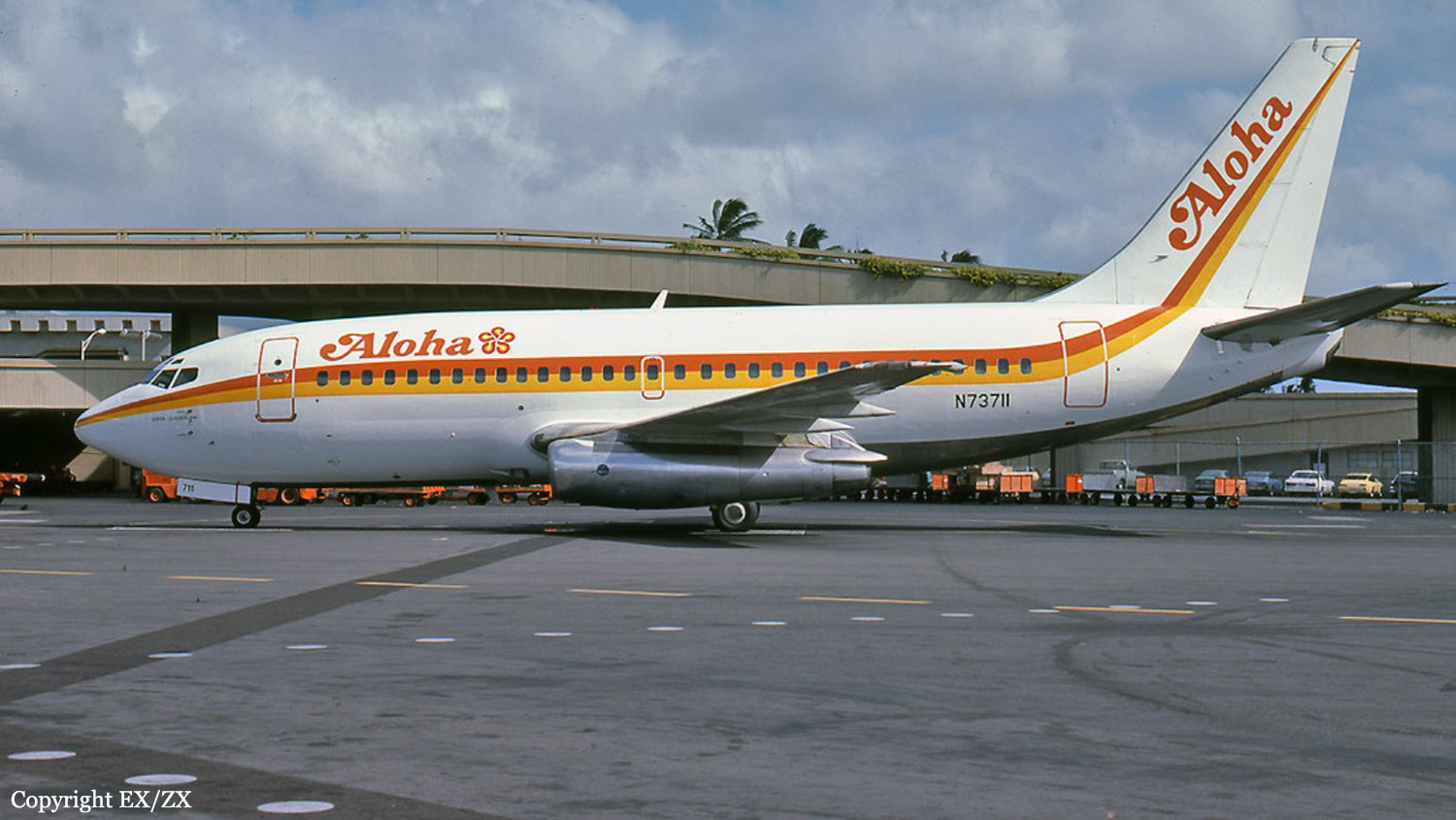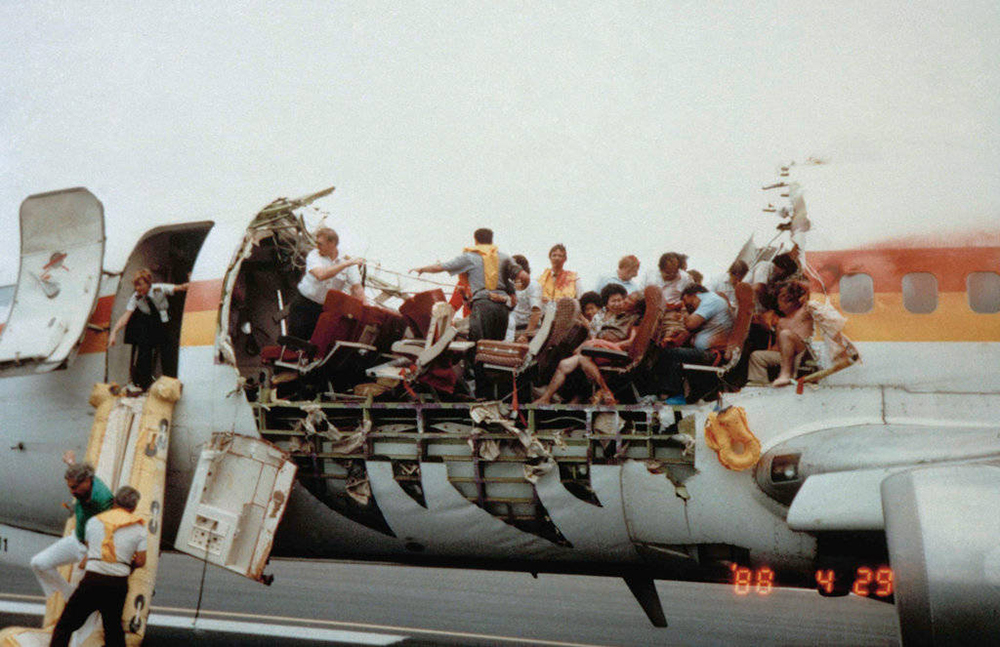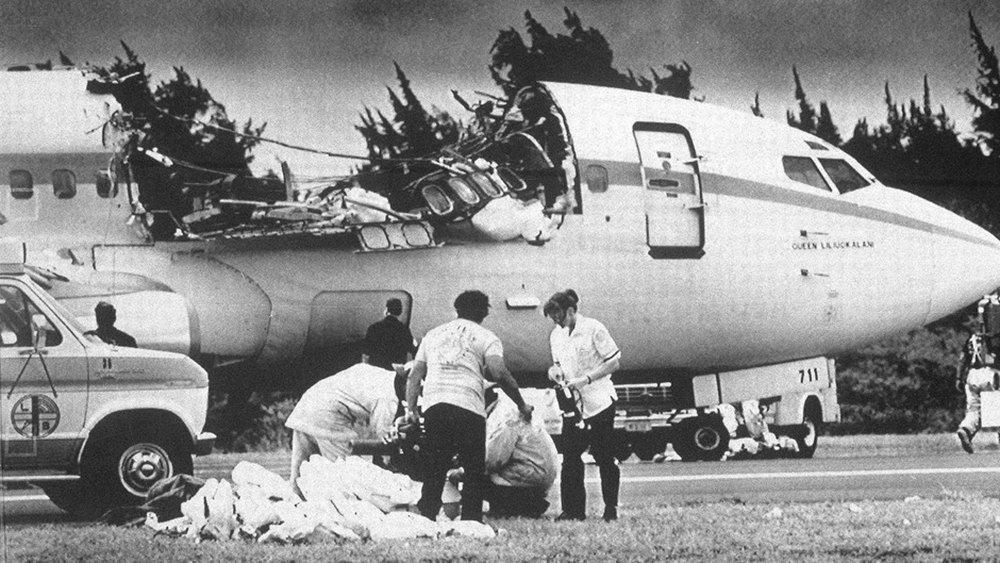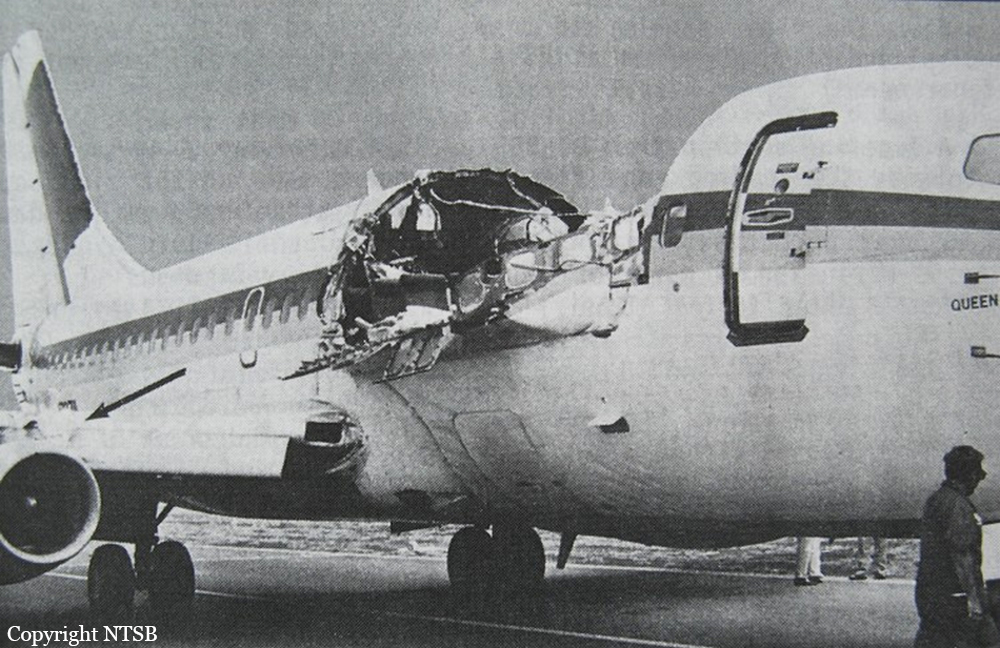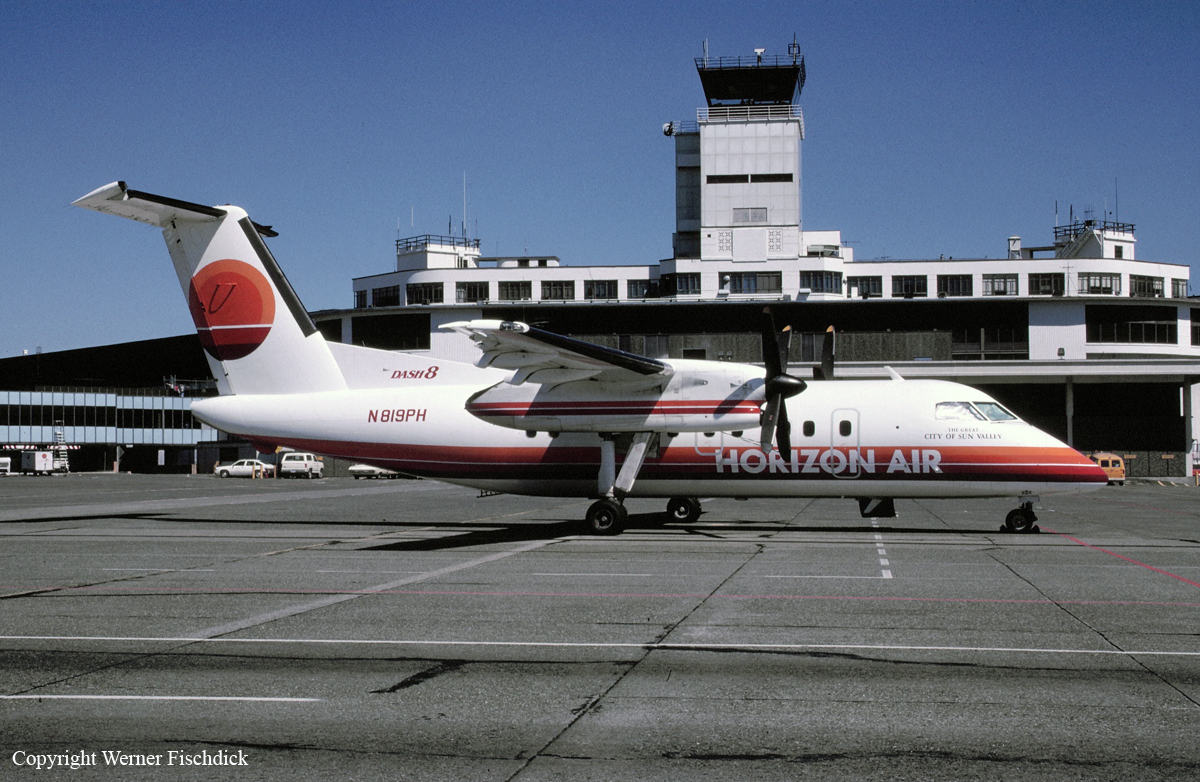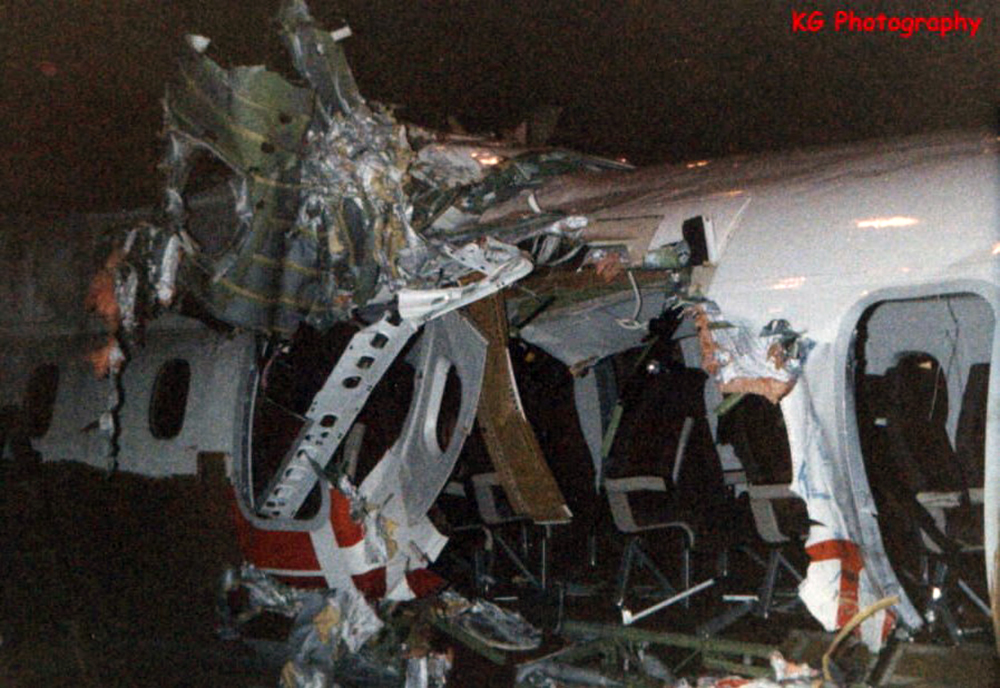Crash of a Cessna 402B in West Columbia: 1 killed
Date & Time:
May 25, 1988 at 2106 LT
Registration:
N8493A
Survivors:
No
Schedule:
West Columbia - Atlanta
MSN:
402B-0236
YOM:
1972
Crew on board:
1
Crew fatalities:
Pax on board:
0
Pax fatalities:
Other fatalities:
Total fatalities:
1
Captain / Total hours on type:
160.00
Aircraft flight hours:
5672
Circumstances:
The airplane used about 1/2 of the 8,602 feet runway for the t/o roll. After t/o it pitched nose-down briefly over the runway during initial climb. The pilot radioed that he was having a problem with the elevator which required 'full back pressure' to keep the nose up, and that he was returning to land. After maneuvering around the airport, the aircraft pitched 70-80° nose down and dove into terrain off the approach end of the runway. The wreckage examination revealed that the bolt securing the elevator trim tab pushrod to the actuator was missing. The rod had become wedged inside the elevator which resulted in an extreme tab up (nose down) condition. The aircraft underwent an annual inspection two days/5 flight hours earlier. The ia mechanic reported that no maintenance was performed on the tab system, and that he was certain the bolt was properly safetied. Another pilot who flew the aircraft the day of the accident reported that he found the pushrod to be secure during his preflight inspection. The 402B poh indicated that the aircraft should have request about 1,200 feet for the t/o ground roll. The pilot, sole on board, was killed.
Probable cause:
Occurrence #1: airframe/component/system failure/malfunction
Phase of operation: takeoff
Findings
1. (c) flt control syst, elevator trim/tab control - disconnected
2. (c) aircraft preflight - inadequate - pilot in command
3. (c) flight control, elevator tab - jammed
4. (f) aborted takeoff - not performed - pilot in command
----------
Occurrence #2: loss of control - in flight
Phase of operation: maneuvering
----------
Occurrence #3: in flight collision with terrain/water
Phase of operation: descent - uncontrolled
Phase of operation: takeoff
Findings
1. (c) flt control syst, elevator trim/tab control - disconnected
2. (c) aircraft preflight - inadequate - pilot in command
3. (c) flight control, elevator tab - jammed
4. (f) aborted takeoff - not performed - pilot in command
----------
Occurrence #2: loss of control - in flight
Phase of operation: maneuvering
----------
Occurrence #3: in flight collision with terrain/water
Phase of operation: descent - uncontrolled
Final Report:

